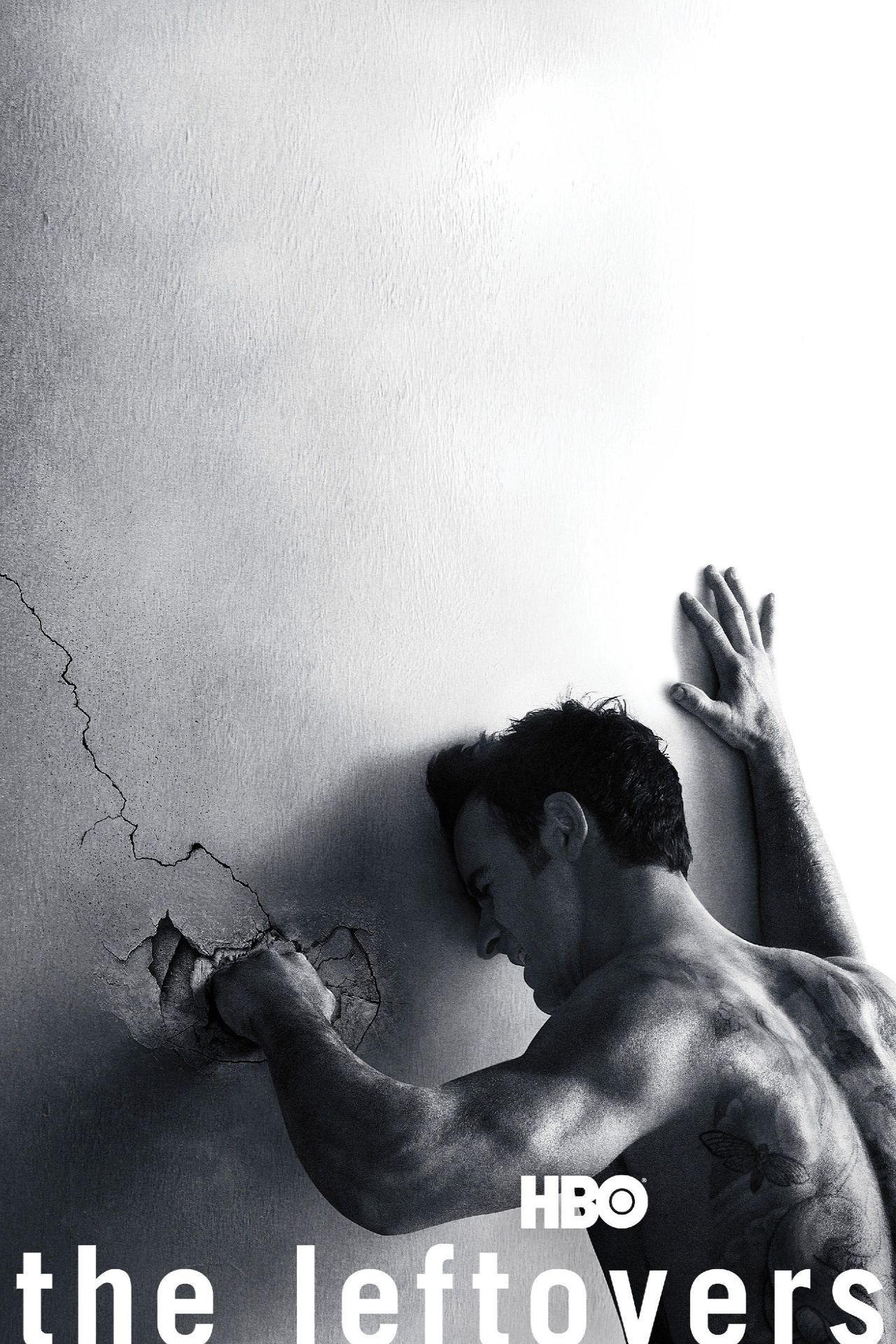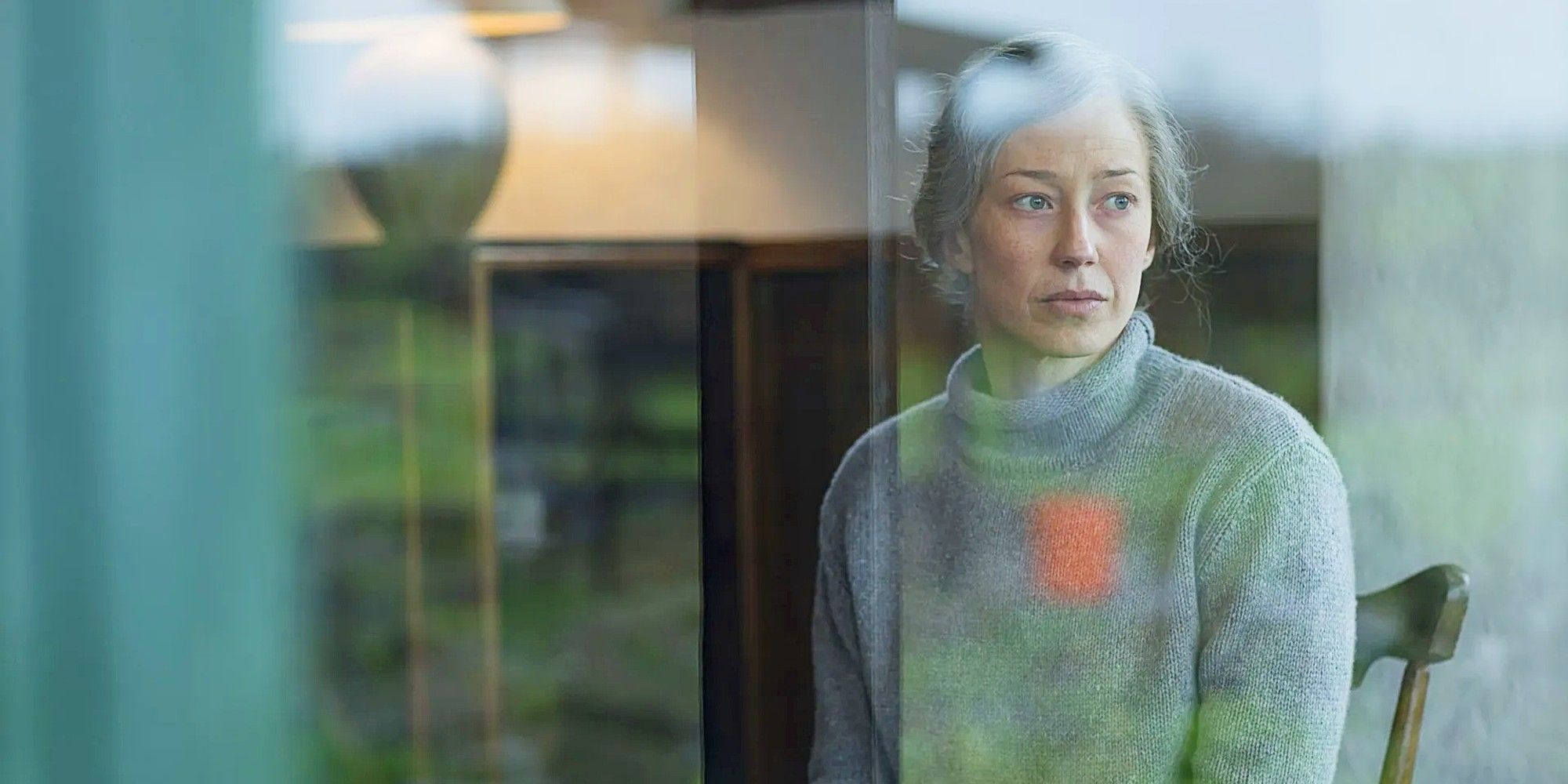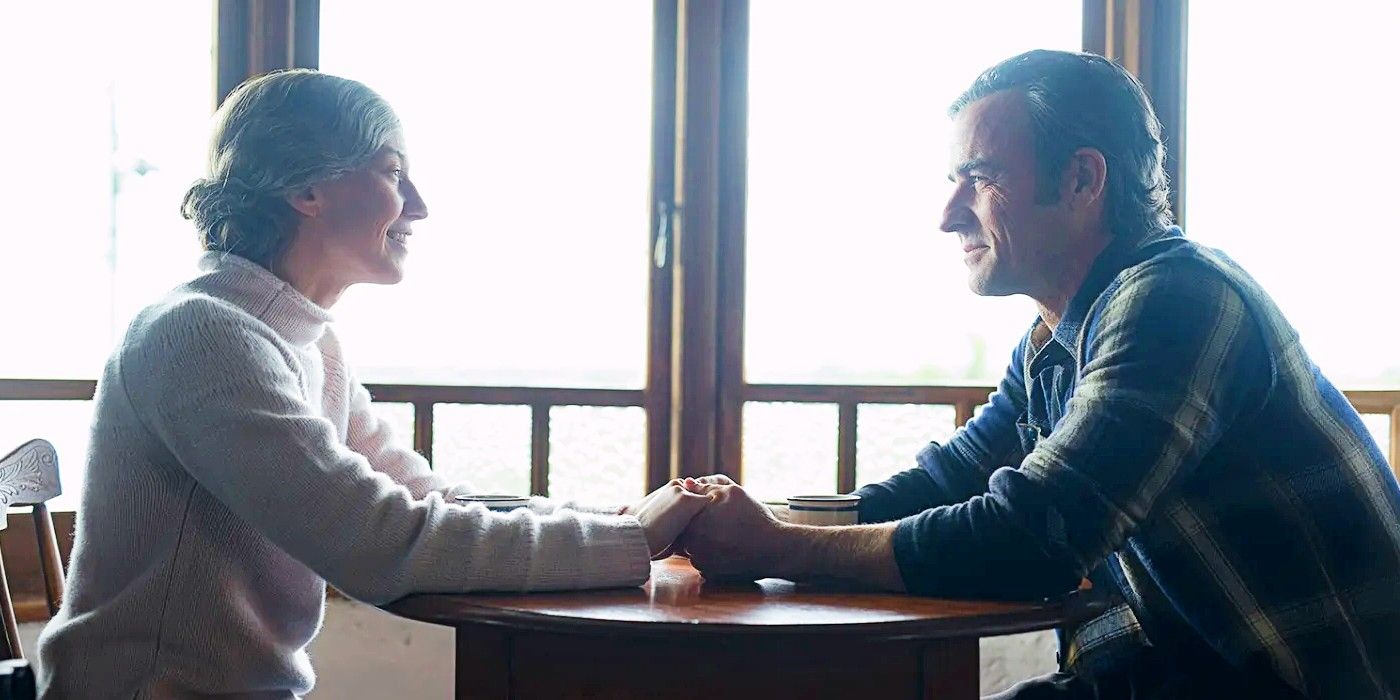2025 has already been quite the year for Carrie Coon fans, thanks to both her role as Laurie in Season 3 of The White Lotus, and the upcoming return of her character, Bertha Russell, in Season 3 of The Gilded Age. In between the third seasons of these two HBO dramas, Coon spoke with Collider’s own Carly Lane, where she provided insight into the third season of another HBO drama in which she starred. In The Leftovers, Coon played Nora Durst, a tough but grief-stricken woman who lost her husband and both kids during “The Departure.”
Now, eight years after The Leftovers initially concluded, there are still a number of topics of debate among fans of the show, but the primary one pertains to the show’s ending. In the series finale of The Leftovers, Kevin (Justin Theroux) and Nora reunite after many decades, when he finally tracks her down in Australia. While Kevin initially pretends not to remember the extent of their relationship, he and Nora ultimately have an honest conversation where he admits that he has been searching for her every year since she climbed into the machine to get to the Departed. Nora tells Kevin that she actually did go through the machine, where she wound up in a parallel version of their world, in which 98% of the world departed instead of 2%. The question of whether Nora is telling the truth has been debated for years, but Coon has just explained why it should never be answered.
Carrie Coon Defends ‘The Leftovers’ Ambiguous Ending
It’s natural for television fans to seek out answers, and it makes sense that viewers of The Leftovers, new or old, may try to analyze the final episode for clues about whether Nora is telling the truth about her experience. Nora describes entering the other world, seeing that her children have moved on, and choosing to leave without disturbing their new lives. In her story, she seeks out the person who created the machine so that he can send her back to the real world, where she has been hiding out in Australia. There are two main readings of Nora’s monologue: one where Nora’s story is completely true and the answer to the Departure is finally given, and one where Nora is telling a better but false version of the truth in order to make peace with not entering the machine. On the topic of the multiple potential readings of Nora’s story, as well as why fans are still discussing the meaning of the ending itself, Coon said:
“I find that ambiguity in art is very stimulating because it turns the question back on the viewer. I think most good art is probably reflecting a question back on the consumer, no matter what the medium is. It could be visual art, it could be a great book. It shouldn’t leave everything in your lap. It should inspire you to thinking. I think that’s what good art does. Even my season of Fargo, there’s an ambiguous ending. Maybe I’m an Ambiguous Ending Lady, or Monologue Lady. But I think that’s what good art does, and I think it should say more about you than it does about the person who’s in it, which is why I’ll never answer that question, which is why it’s fun to say, ‘Who believes this, and who believes this?’ in a room full of people and then have the debate.“
The Leftovers‘ ending challenges viewers to question their own need to know the answer, and forces them to sit with the discomfort of not knowing. Nora is afraid to tell Kevin, because, based on his past patterns, it is likely that he won’t believe her story without definitive proof. What matters to Kevin in that moment isn’t whether Nora’s story is true, though; it is that she has finally made peace with the Departure. For the entirety of their relationship, a large part of Nora was pulling her back towards her children, and her grief continued to consume her. Whether or not Nora actually saw them in the machine, she has finally accepted that they are gone, and she and Kevin can finally reconcile.

Related
The 20 Best Apocalyptic TV Shows, Ranked
Don’t let the end of the world stop you from watching these shows.
‘The Leftovers’ Ambiguous Ending Contributes to Its Best Themes
Carrie Coon is right: The Leftovers was never a typical post-apocalyptic show where viewers were meant to theorize every week in the pursuit of answers. Every speculative element in the show is intentionally vague, so that viewers don’t know whether to believe it, and are forced to rely on faith or the lack thereof. It is never clear what caused the Departure, whether Wayne’s (Paterson Joseph) hugs had any healing powers, whether Kevin was hallucinating Patti (Ann Dowd) or seeing her ghost, whether Kevin’s trips to the afterlife were real or in his head, or whether Nora’s story at the end is true. This is the point of The Leftovers, and what makes it such a masterpiece of a show. Two of the main themes in The Leftovers are faith and grief, and Nora’s final monologue is a satisfying thesis statement about the two. Nora has made peace with her grief, and Kevin loves her enough to have faith in her story and not be concerned with whether she is telling the truth. As Coon adds about The Leftovers‘ intentional ambiguity:
“I think you could probably break it down into, like, optimist or pessimist. There probably are some very clear binaries that get exposed in things like Lost or The Leftovers, but maybe that’s just because I’m cynical. But I think that’s more interesting. I’m interested in art that’s ambiguous. I don’t like it all laid out for me. I think that’s kind of dull. It may be satisfying, of course, and calming, and there’s a place for an unambiguous ending, certainly, but I don’t know. That’s not the kind of art I’m most interested in. It’s not the kind of art you continue to think about.”
The question of where the Departed went is central to The Leftovers throughout its entire run, but it would have defeated the show’s purpose to ever give that a concrete answer. The reason that the Departure affects everyone left behind to the extent that it does goes beyond simple grief: the characters themselves are tortured by the lack of answers. It’s why The Guilty Remnant became obsessed with forcing people to remember what happened, and why Matt (Christopher Eccleston) spent such a long time trying to prove that it wasn’t a Rapture by literally giving out flyers printed with the Departed’s misdeeds. It’s also why so many people became obsessed with Jarden, to the point where the town changed its name to Miracle and implemented strict measures for letting tourists in.
The Leftovers isn’t about the mystery of a post-apocalyptic world; it is about dealing with a sudden and tragic loss that can’t be explained, and being forced to move forward without answers. Nora’s monologue is the perfect ending for The Leftovers, and it’s ultimately the only one that could have really worked for the show.
The Leftovers is available to stream on HBO Max.

- Release Date
-
2014 – 2017-00-00
- Showrunner
-
Damon Lindelof
- Writers
-
Damon Lindelof, Tom Perrotta



